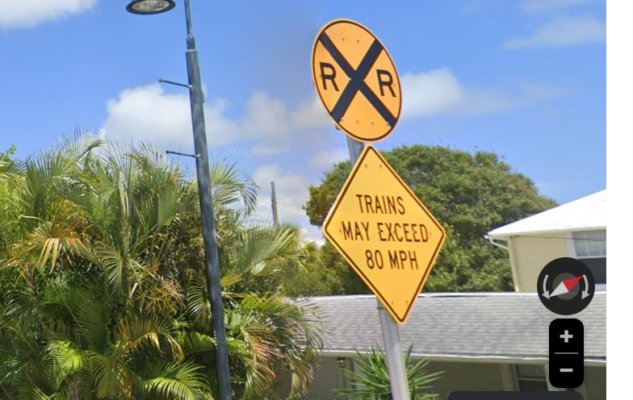Blissboat
Guru
The USCG has announced proposed changes to the opening schedule for the FEC railroad bridge across the St. Lucie River at Stuart, FL:
https://www.news.uscg.mil/Press-Rel...iation-for-okeechobee-waterway-st-lucie-rive/
Conflicts between rail and waterborne traffic seem likely to grow as shippers and transportation agencies try to make better use of rail.
https://www.news.uscg.mil/Press-Rel...iation-for-okeechobee-waterway-st-lucie-rive/
Conflicts between rail and waterborne traffic seem likely to grow as shippers and transportation agencies try to make better use of rail.




